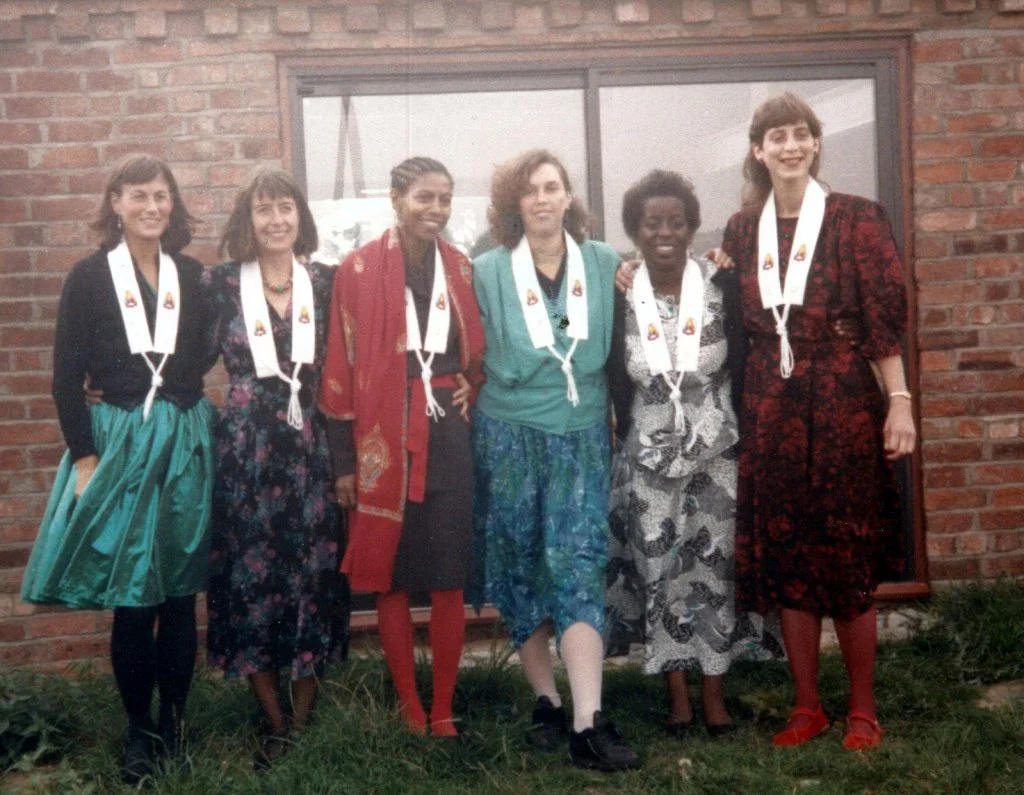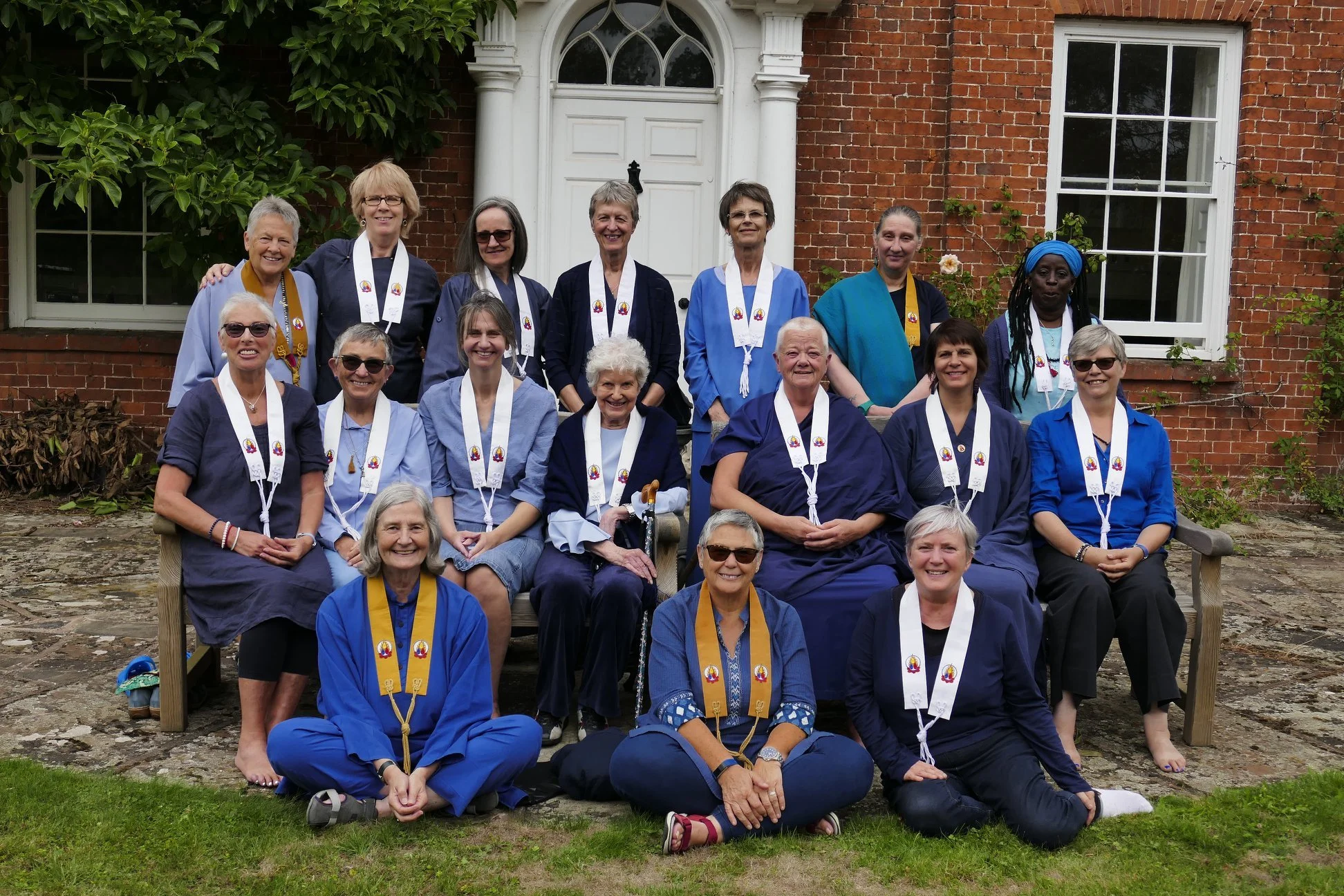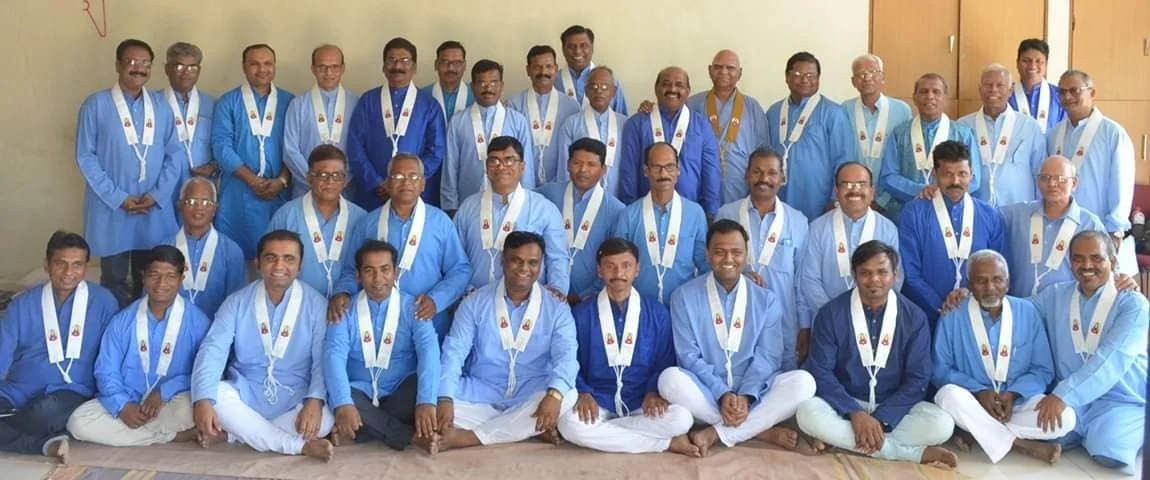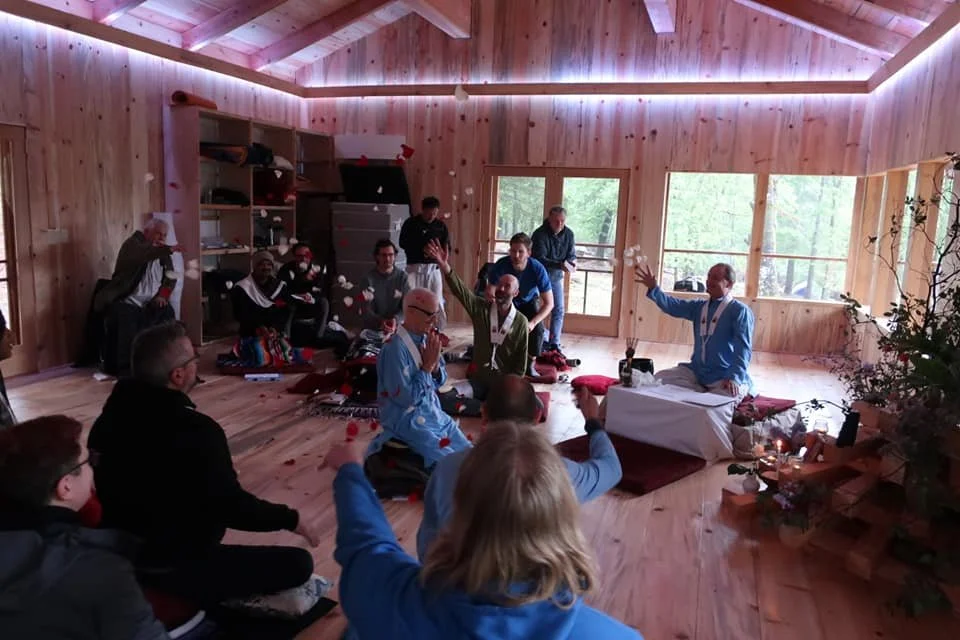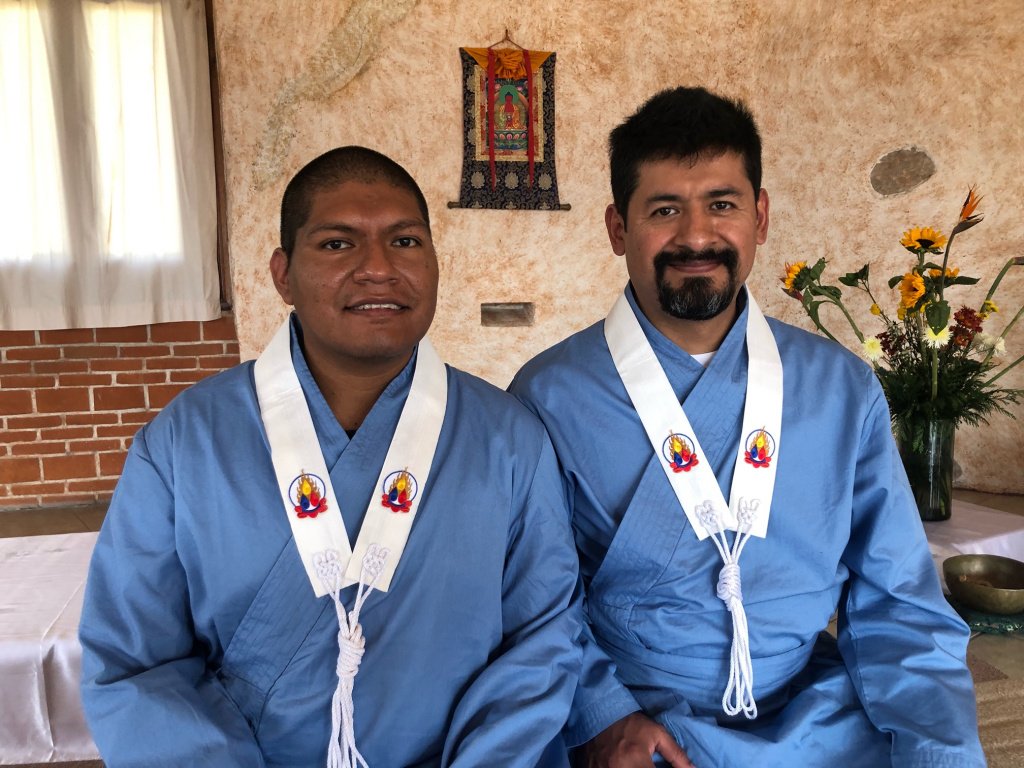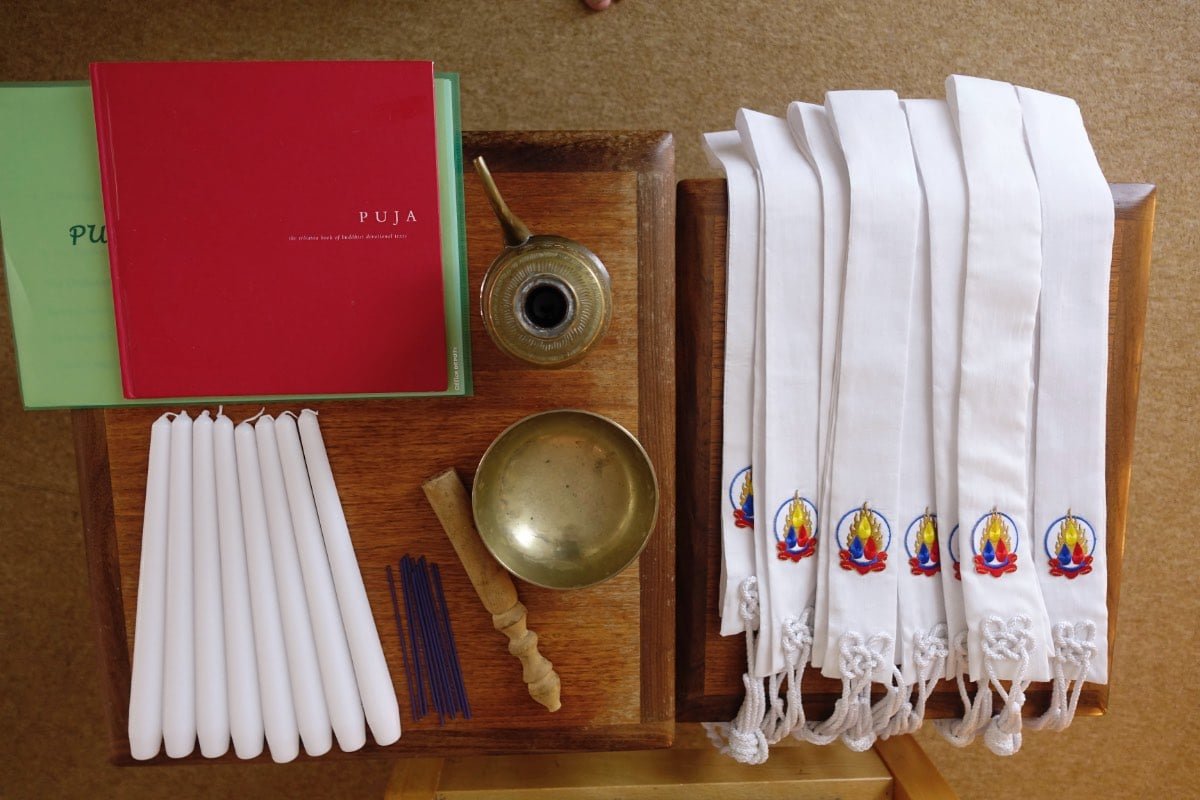
Joining the Order
Ordination is a lifelong commitment, and a very serious step, so it usually takes a number of years to become ready both to ask to join the Order, and then to undergo the training process. The current average is about 7 years between a request for ordination and actual ordination, but it is not uncommon for it take significantly longer, sometimes decades. This is because it is a highly personalized process of spiritual development and maturation, and not a traditional training program with set “graduation dates.”
Anyone can ask for ordination. Our Order is open to anyone – regardless of race, caste, sexual orientation, age, ability, or gender identification – who is sincerely and effectively committed to the Buddhist path. After the request is made, they can participate in the training process, retreats, mentoring and study that make up the formalized aspects of ordination training. Ordinations are performed by a senior Order Member known as a Preceptor, usually in the context of a special ordination retreat.
Nobody is ever refused ordination, but people take varying amounts of time to prepare themselves. Some discover along the way that in fact ordination is not the right path for them.
Ordination is a commitment that requires a fair degree of self-knowledge as well as considerable experience of the Buddhist path, of the Triratna Buddhist Community, and of effective friendships with Order Members.
Listen to talks on joining the Order. Read Ordination by Moksananda.
Elements of Ordination Training
Ordination training is provided for mitra in the US, alongside fellow practitioners in Canada, Mexico, Venezuela and Brazil. Although historically Triratna started in the UK and has significant infrastructure there as a result (year round ordination training retreats), it is now entirely possible, and has been for several decades, for people to conduct all their training in the Americas without having to travel to the UK.
Today the process is supported both at the regional level when it comes to yearly and bi-yearly retreats, as well as at the local level via groups or centers, in close coordination with local Order Members and Mitra conveners, who are Order Members who provide pastoral care and coordinate access to Dharma study. The process is designed to meet people where they are, and accompany them over an extended period of time.
There are eight retreats offered over multiple years and on various themes: The System of Practice, The Mythic Context, The Ten Pillars (Living Ethically), The Transcendental Principle, What is the Order (Vision of the Order)?, Bodhisattva Path / Bodhisattva Ideal, Going for Refuge, and Spiritual Friendship. In addition to these retreats, many mitras attend retreats focused on the development of their meditation practice.
The training involves sustaining a personal practice in all circumstances and the changing conditions of life. This includes maintaining and deepening a daily practice of meditation, ethics, and wisdom through reflection on and through the Dharma. Mitras are also encouraged to cultivate connections with Order Members, and develop spiritual friendship across the sangha. Ordination kulas provide mentorship and individualized support.

